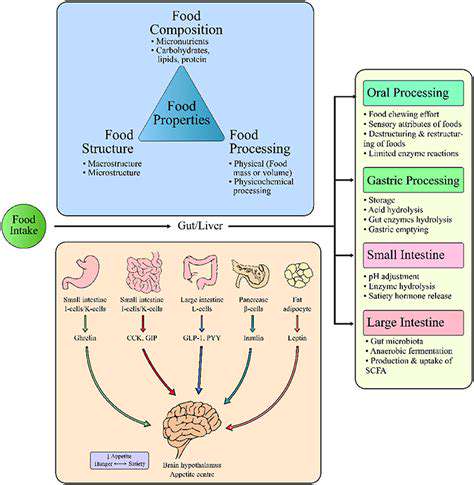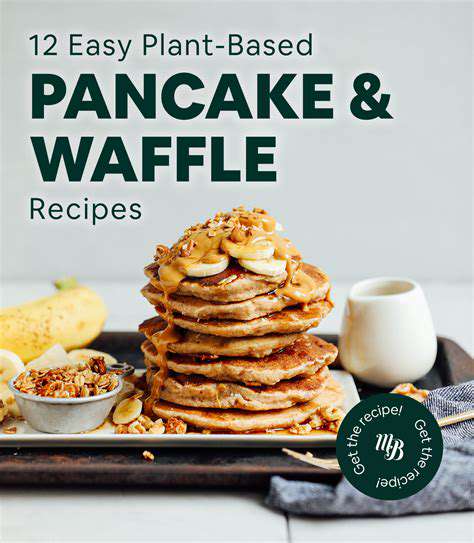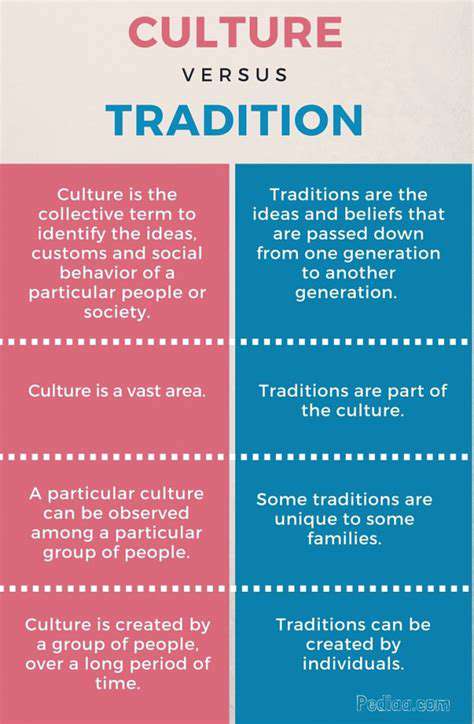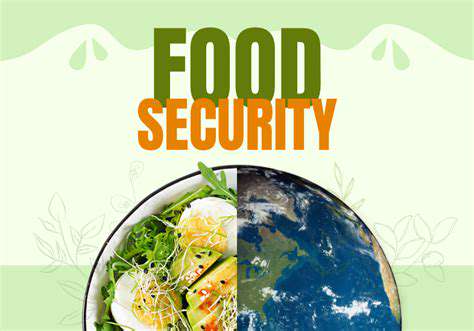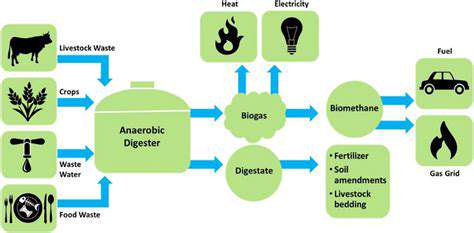
The Gut-Fiber Connection
What we often overlook in our meals makes all the difference for digestion - the humble dietary fiber. These indigestible plant compounds serve as premium fuel for your gut's microbial workforce, creating an environment where beneficial bacteria thrive. This microscopic ecosystem doesn't just break down food; it manufactures vital nutrients, trains our immune defenses, and even influences our mood through the gut-brain axis.
Fiber Varieties and Their Digestive Benefits
Nature packages fiber in two main forms, each with distinct advantages. The soluble type in oatmeal, lentils, and apples transforms into a viscous gel during digestion, creating a slow-release mechanism for nutrients. Contrast this with the insoluble fiber in wheat bran and leafy greens, which acts like nature's broom, sweeping through your digestive tract to maintain regularity. Strategic combination of both varieties creates optimal digestive harmony - the soluble fiber feeds your gut bacteria while the insoluble type keeps everything moving smoothly.
Solving Common Digestive Challenges
Modern digestive complaints often stem from fiber deficiencies. Increasing intake can transform gut function - easing IBS discomfort, resolving constipation, and reducing bloating. The mechanism is straightforward: fiber adds necessary bulk, absorbs excess moisture, and creates the ideal environment for proper elimination. Many find their digestive discomfort diminishes significantly when they commit to consistent fiber consumption.
Fiber's Natural Appetite Regulation
Beyond digestion, fiber serves as nature's appetite moderator. The stomach's stretch receptors respond to fiber's volume, sending satiety signals to the brain. This natural portion control mechanism explains why high-fiber meals satisfy hunger longer than processed alternatives, making weight management more intuitive. Additionally, the gradual nutrient release prevents the energy crashes that often follow low-fiber, high-sugar meals.
Practical Fiber Integration
Transforming your diet doesn't require drastic changes. Start by choosing brown rice over white, snacking on nuts instead of chips, and adding vegetables to every meal. The simplest upgrade - switching to whole grain versions of bread and pasta - can double your fiber intake overnight. Experiment with global cuisines that naturally emphasize fiber-rich ingredients like Mediterranean lentil dishes or Asian stir-fries packed with colorful vegetables.
Supplementation Considerations
While whole foods should form the foundation, supplements can help bridge nutritional gaps. Psyllium husk, acacia fiber, and flaxseeds offer concentrated fiber sources. However, professional guidance becomes crucial when combining supplements with medications or managing chronic conditions, as fiber can affect drug absorption. Always introduce supplements gradually to allow your digestive system to adjust without discomfort.
Metabolic Benefits of Dietary Fiber
Blood Sugar Moderation Through Fiber
Soluble fiber functions as nature's blood sugar buffer, creating a gel matrix that slows carbohydrate breakdown. This delayed digestion prevents the glucose surges that strain metabolic systems, particularly beneficial for insulin sensitivity. The viscosity of soluble fiber literally creates traffic control in your small intestine, spacing out nutrient absorption for steady energy.
Oatmeal's morning popularity stems from this precise mechanism - the beta-glucans in oats form a protective barrier against blood sugar spikes. Similarly, the pectin in apples and citrus creates a time-release effect for their natural sugars. Building meals around these fiber-rich foods creates natural protection against metabolic stress, with benefits accumulating over years of consistent consumption.
Cholesterol Regulation Mechanisms
The liver recycles cholesterol by secreting bile acids for fat digestion, which normally get reabsorbed. Soluble fiber interrupts this cycle by binding to bile acids, forcing the liver to draw more cholesterol from the bloodstream to produce new bile. This elegant biological hack explains how daily oatmeal can rival some medications in cholesterol reduction. The cardiovascular benefits multiply as improved cholesterol profiles reduce arterial inflammation and plaque formation.
Insoluble fiber contributes indirectly by optimizing elimination, preventing toxin reabsorption that could stress metabolic systems. The combination creates a comprehensive approach - soluble fiber actively removes cholesterol while insoluble fiber maintains digestive efficiency. Diverse fiber sources provide complementary benefits; for instance, flaxseeds offer soluble fiber plus omega-3s, while psyllium provides exceptional bile acid binding capacity.
Practical implementation means reimagining snacks and sides - roasted chickpeas instead of chips, berry parfaits rather than pastries. When dining out, request vegetable substitutions for starchy sides. These small shifts, sustained over time, can significantly impact cholesterol metrics and overall cardiovascular resilience.
